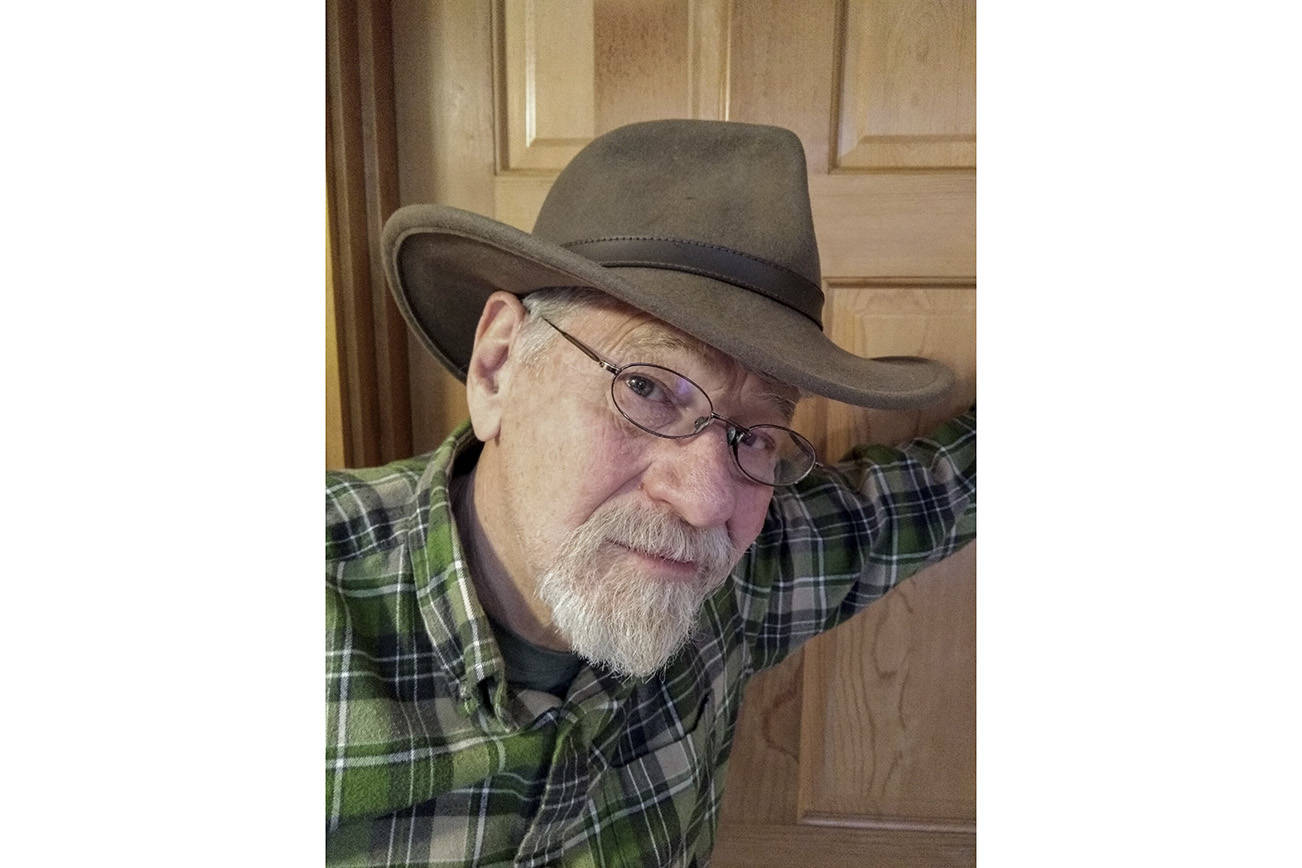By Roger Ledbetter
Special to the Record
I recently had a close-call trying to merge onto Interstate 90 at the entrance west of the casino. As I accelerated to freeway speed, I was unable to see the backup of cars stopped to exit onto state Route 18. I looked over my shoulder so I could merge left, but when I turned my head back, the car in front of me was suddenly stopping. A panic stomp on the brake, and I was OK.
Describing the incident to an acquaintance, who commutes on SR-18, he replied it was “tree-huggers” who had been preventing a fix. Since I had an interview planned with State Rep. Bill Ramos, I decided to ask Ramos if environmentalists were indeed to blame.
The I-90/SR-18 interchange has three major hazards. Both westbound and eastbound exits backup, further than a mile, with cars waiting to exit onto SR-18. And SR-18 has a 7-mile undivided, mostly two-lane section, causing the backups.
In the first 10 months of 2018 alone, the 7-mile section had six fatalities. SR-18 carried 2 percent of the traffic, but had 16 percent of the fatalities statewide. But fatalities are only part of the problem. Frequent non-fatal accidents also devastate lives. The day before I spoke with Ramos, there was a near head-on collision sending people to the hospital.
Serving on the Transportation Committee, Ramos was the lead for the 5th Legislative District on SR-18, although clearly explaining it was a team effort with State Sen. Mark Mullet and State Rep. Lisa Callan. He also credits the Snoqualmie Tribe for their leadership and commitment of $1 million toward fixing SR-18.
Impressed by Ramos’s detailed understanding of the issues around the I-90/SR-18 interchange, I asked him how he developed expertise in transportation. Ramos explained to me that he worked for eight years in the U.S. Department of Transportation, and 30 years for the U.S. Forest Service, the largest manager of American roads.
Despite a state transportation budget of $9.8 billion, Ramos, Callan and Mullet worked hard to get funds allocated specifically for SR-18. Every legislative district in Washington has unsafe roads, and all representatives are trying to serve their districts.
Ramos explained the process: The Senate and House both pass a transportation budget, which includes projects agreeable to both. Negotiations take place around the projects where there is disagreement. SR-18 was disputed.
Ramos argued in favor of fixing SR-18 because it is a major commercial and commuter route, and dangerous. I-90 is the main pass across the Cascades, and from there goods move down SR-18 to Tacoma and Olympia. People from Maple Valley, Kent and Covington commute on SR-18. The Snoqualmie Casino alone has 500 employees commuting on SR-18. But for Ramos, who said he ran for office because he wanted to help build community, there was something more: getting parents out of traffic and safely home to their families.
Ramos explained there will be several stages in fixing the I-90/SR-18 hazards. First, there will be a temporary fix of the west-bound entrance onto I-90 from Snoqualmie Ridge, creating an entrance without a stoplight.
Next, will be the reconstruction of the interchange to a relatively new type of interchange called a “diverging diamond.” Traditional cloverleaf interchanges are expensive. Ramos said the diverging diamond offers 80 percent of the efficiency at 50 percent of the cost. The DOT website has a video showing how it works. This phase of construction adds a few miles of four-lane divided road to SR-18, just after the interchange. This will reduce backups to I-90, but still leaves several miles of undivided road.
Finally, HB-1160, the legislation Ramos supported, provides $8 million next year and about $18.9 million in 2021 for engineering the last section of undivided road, making SR-18 a safe four-lane highway from I-90 to I-5. Ramos hopes for a seamless project transition from the end of the interchange reconstruction to the beginning of the completion of SR-18 as a four-lane highway.
I asked Ramos if “tree-huggers” had opposed fixing SR-18. He said there had been no opposition from environmentalists or anyone else, and added, “…any time you build a road, you are going be cutting trees.” The only environmental issues were laws protecting the passage of fish.
I thanked Rep. Ramos for speaking with me, and for improving our community. It’s obvious he thoroughly enjoys his new job.


